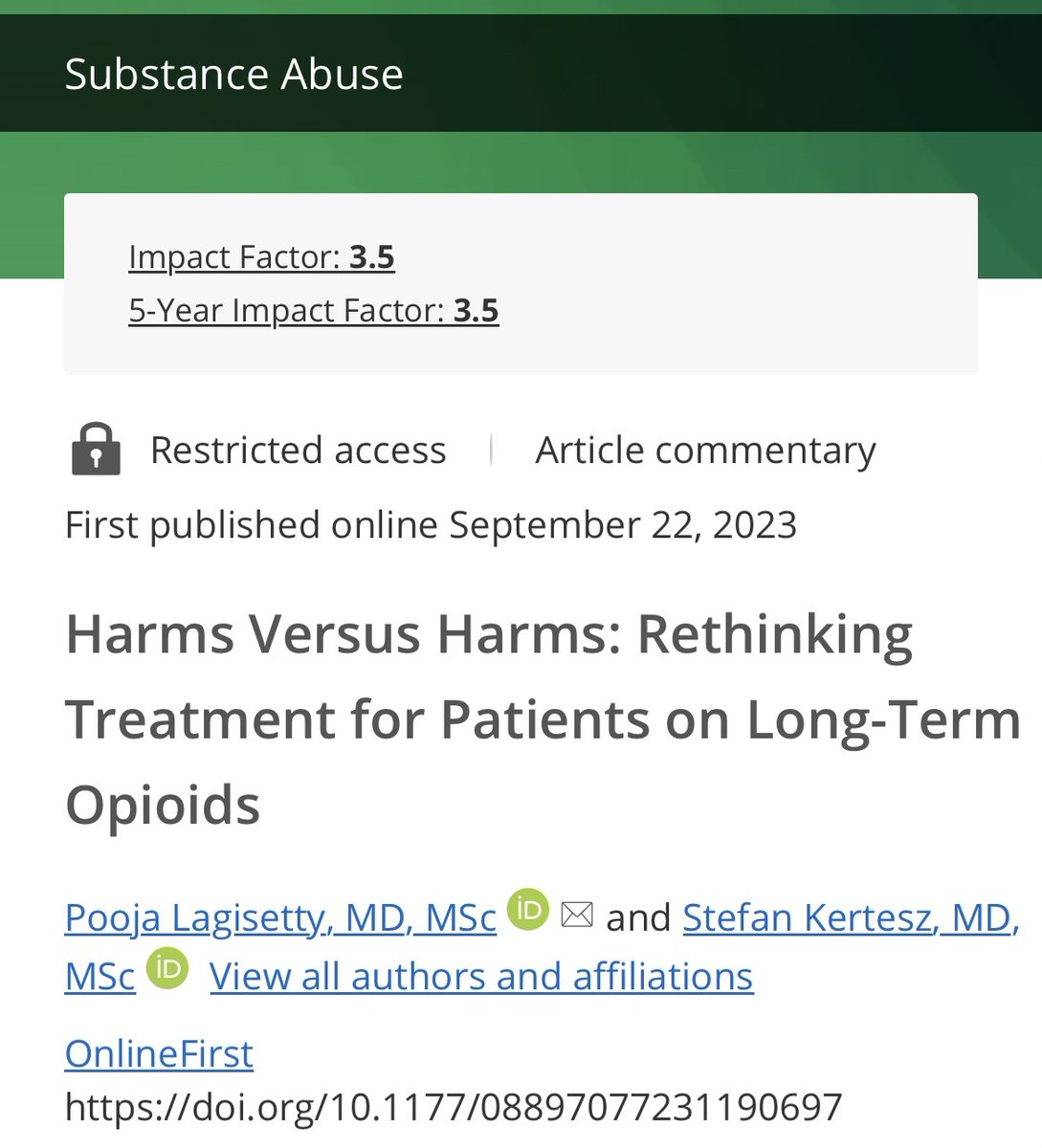1/A new @AnnalsofIM paper on #COVID19 in homeless persons finds that a “surge” of testing when cases are found may be a fine approach. Concern on this led some shelters to lock their doors to all new entrants until tests are negative. I'll review acpjournals.org/doi/10.7326/M2…
2/When #COVID19 hit, there were outbreaks in some cities. These triggered isolation & quarantine programs and hotel arrangements. In a Boston shelter, 147/408 persons, 36% tested +ve while 88% of these had NO symptoms ncbi.nlm.nih.gov/pmc/articles/P…
3/The fear of a #COVID19 shelter outbreak left many of us in other cities projecting a cataclysm, which didn’t happen across all communities. Our shelters locked down. We had many stressful discussions, and nothing happened. We wondered about our policies...
4/This study recruited folks in shelters, variably over time
Until 3/31: shelters recruited based on symptoms, with option for anyone to be tested 1x/mo(813 tested)
4/1-4/24: “surge testing” followed up known cases,at 6 shelters,no symptoms needed (315, or 621 tested, unclear)
Until 3/31: shelters recruited based on symptoms, with option for anyone to be tested 1x/mo(813 tested)
4/1-4/24: “surge testing” followed up known cases,at 6 shelters,no symptoms needed (315, or 621 tested, unclear)
5/29 infections were found among 1431 test encounters (2%). During routine testing before April 1, just 1% were positive.
During “surge” testing to follow-up after known cases more were: either 21/615 (3.4%) or 21/315 (6.7%). I’m awaiting a clarification from the author.
During “surge” testing to follow-up after known cases more were: either 21/615 (3.4%) or 21/315 (6.7%). I’m awaiting a clarification from the author.
6/Regardless of the uncertainty , the key is that in a county with an early outbreak, routine testing in homeless shelters found very few cases. Follow-up of known positives found significantly more.
7/Among 29 persons who did test positive for SARS-CoV-2, 21 (72%) had NO symptoms. For the 8 who did, most had symptoms <48 hours. Many with symptoms had no infection
8/The 3 most-affected shelters relied on floor mats without dividers, & had a shortage of hygiene products, with older male residents.
Sounds like dividers are needed.
Only 1 of 29 positives came from a shelter with bunk beds (!)
Sounds like dividers are needed.
Only 1 of 29 positives came from a shelter with bunk beds (!)
9/The authors conclude that “passive sentinel surveillance” is likely going to delay recognition of outbreaks. However, a strategy of very active surveillance with a “surge” of testing to follow-up known cases looks pretty good
10/To me this report suggests some shelters can consider opening doors to newcomers without mandatory negative tests, depending on local conditions. But that is only possible if the local authorities also can commit to active surveillance & surge testing.
11/Obviously, it will be safer to offer hotel rooms or - over time- to continue efforts to end homelessness definitively both by housing individuals and by improving rental markets. @KellyMDoran @MKushel @DrEllenEaton @DrJeanneM
12/For a 100% independent take on the same study, let me commend that of @KellyMDoran - I drafted my tweets without having seen hers. We agree, but find different points of emphasis!
https://twitter.com/KellyMDoran/status/1305958906817118209?s=20
• • •
Missing some Tweet in this thread? You can try to
force a refresh

















